Recent Articles
Popular Makes
Body Types
10 Affordable Rear Engine Cars

DeLorean DMC12 ・ Photo by WikiCommons
Cars with rear-mounted engines are in the minority these days, and they tend to be expensive luxury or performance vehicles. Rear-mounted engines offer performance advantages such as a better weight distribution and a better center of gravity, and they’re also more efficient when powering the rear wheels. Because of this layout’s tendency to disproportionately make an appearance in high-end cars, it’s become a popular misconception that they’re only available to buyers who can take out a six-figure loan. As it turns out, though, a little bit of research reveals that there are affordable cars with rear-engine layouts. We know that “affordable” is a relative term, but there may be some surprises on this list. Some older models help round out the selection, showing that rear-engine cars are available for a variety of vehicular tastes.
1) 2016 Smart Fortwo
If you can get a new rear-engine, rear-wheel drive car for about $15,000, why wouldn't you? If you need more space than a Smart Fortwo provides, that's a valid reason. But the casual car shopper probably doesn't realize the new third-generation 2016 smart fortwo, like its predecessors, is powered by a rear-mounted engine that sends the power to the back wheels, and that helps make all 89 horsepower as much fun as possible. The 2016 Smart Fortwo has two doors and offers cozy accommodations for two passengers. Near the rear axle is a 1.0-liter three-cylinder engine that comes with a five-speed manual transmission. Granted, the Fortwo is designed exclusively for urban commuting, and two humans plus a couple grocery bags pushes its limits. Lighten the load and get a little ambitious, though, and the Fortwo will practically dance.

2) Tesla Model S
Introduced in 2012, the Tesla Model S plug-in electric car comes in higher than what some might consider affordable. That said, the rear-engine five-door vehicle is a bargain when cross-shopped against competition in the luxury car segment. The Model S represents Tesla's first foray into designing and building cars from the ground up, and the company does a lot of things differently. Though the Tesla Model S definitely aims to please its driver, the rear-engine design is primarily for efficiency. Each model year has offered slightly different technical specs; the trim levels represent specific motor and battery combinations to optimize power and range based on price point. In other words, buy an entry-level Model S, and you can't go as far without recharging; buy a top end Model S, and you can go almost 300 miles before plugging in.

Photo by Tesla
3) 1993 Ferrari Mondial
Though the Ferrari Mondial was sold from 1980 until 1993, we suggest starting with the freshest model year available and working backward from there, as necessary. Just over 6000 examples of the Mondial were built over those years, but shopping for this odd little Ferrari might unearth some bargains (as compared to other Ferraris, that is). The Mondial was available as a coupe and convertible, and despite the two-door design, offered seating for four passengers. It was designed to be an easier Ferrari to live with on a daily basis compared to the company’s other models. A 1989-1993 Ferrari Mondial features a rear mid-engine 300 horsepower, 3.4-liter V-8 paired to either a five-speed manual or an automated manual transmission. This generation of the Mondial marked Ferrari’s first use of ABS brake technology and power steering.
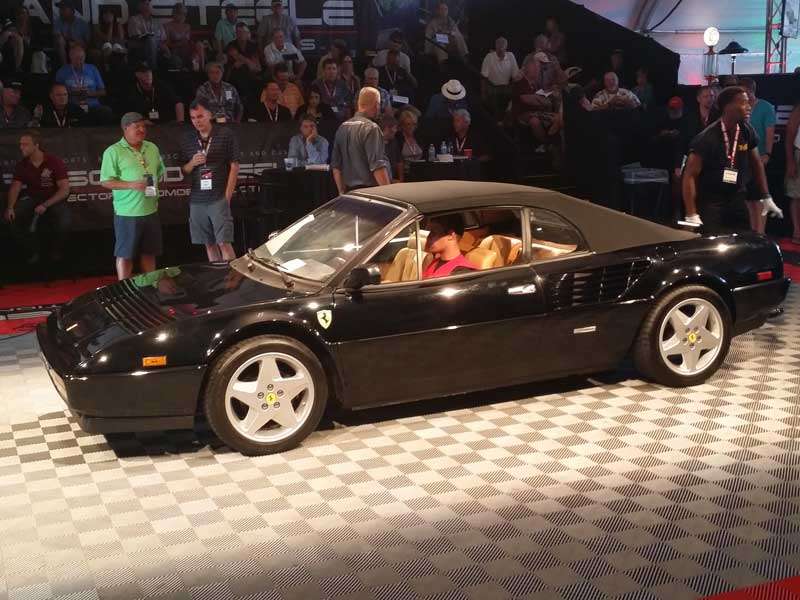
4) Volkswagen Beetle
The Volkswagen Beetle is a throwback in a lot of ways. For our purposes, it’s a throwback to when a rear-engine and rear-wheel drive design was considered the most efficient way to power an economy car, which inspired other auto manufacturers to resurrect the rear-engine car concept for other markets. The key to the Beetle’s sustainability was that its simple design enabled owners to learn about the car enough to maintain it themselves, and the rear engine compartment provided easy access to the necessary mechanical bits. Volkswagen started mass producing the Beetle in the late 1930s and it was exported around the world for decades, which is why we can’t recommend a certain model year, style, or specific drivetrain. Potential Beetle owners should do plenty of research before entering the market, because there’s a lot of variation from car to car.
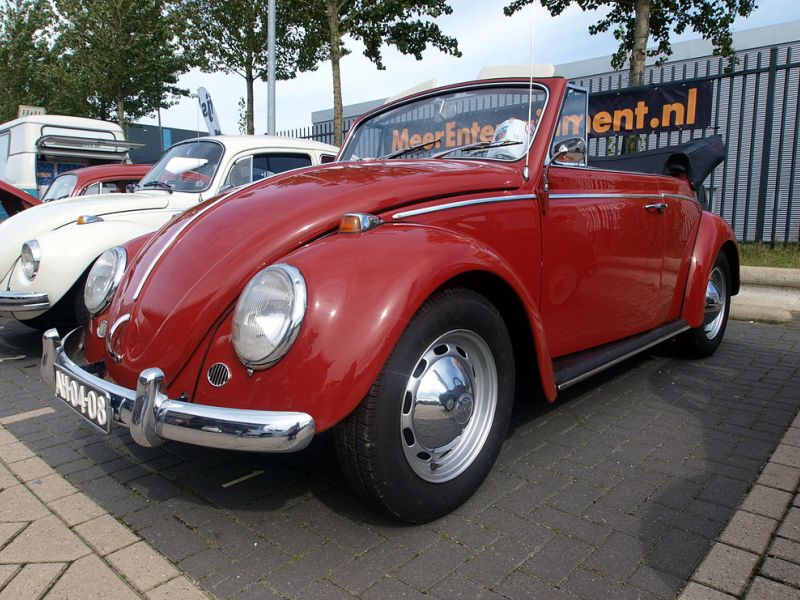
5) Mitsubishi i-MiEV
The Mitsubishi i-MiEV, which was brought to the United States in late 2011, is notable for being the first mass-production fully electric car that’s capable of sustaining highway speeds and distances. The 2012 model year i-MiEV could travel 62 miles on a full charge, which pales in comparison to today’s electric cars, but was noteworthy just a few short years ago. This four-passenger vehicle is compact and is driven by a rear-mounted electric motor paired with two batteries. A single-speed fixed reduction gear transmission manages power as efficiently as possible. Though the Mitsubishi i-MiEV certainly isn’t designed to be driven enthusiastically, because that would waste precious power, the i-MiEv offers the unique experience of being propelled by an engine that’s practically right behind you.

6) 2015 Porsche 911
Again, we might be redefining the word “affordable” for a large portion of the population, but bear with us. New rear-engine cars these days are often astronomically priced, and compared to some particularly exotic examples, the 2015 Porsche 911 is a relative bargain. If a new 911 isn’t in the budget, well, join the club. Most used Porsches, going back decades, will suit your rear-engine needs just fine. The 2015 911, however, offers some of the best driving dynamics to be found on the road today, and unlike some of the cars on this list, is a reasonable option for a daily driver. The base model 2015 911 offers a 3.4-liter six-cylinder engine with 350 horsepower and a seven-speed manual transmission. The least affordable model, the Turbo S, features a twin-turbocharged 3.8-liter six-cylinder that produces 560 horsepower.
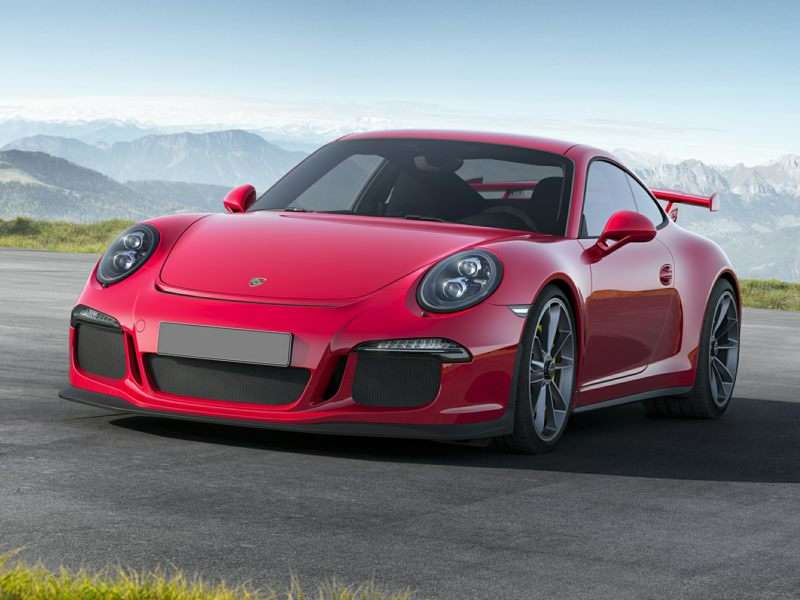
7) Lotus Elise
Disclaimer: This won't be the last Lotus on our list. The British automaker known for building track-oriented roadsters understood the power of the rear-mounted engine design and used it to every possible advantage. For the best price point, focus on finding a Lotus Elise from the 2005 to 2009 model years. This era featured a 1.8-liter inline-four engine borrowed from Toyota, which supplies the Elise with 189 reasonably reliable horsepower, and comes paired to a six-speed manual transmission. The two-seater Elise is so light and agile that this is a perfectly respectable horsepower number, especially for track enthusiasts who care more about honing their driving skills than simply going fast. The Lotus Elise is an eager partner for weekend track shenanigans, although it isn't really recommended as a daily driver due to its utter disdain for creature comforts.
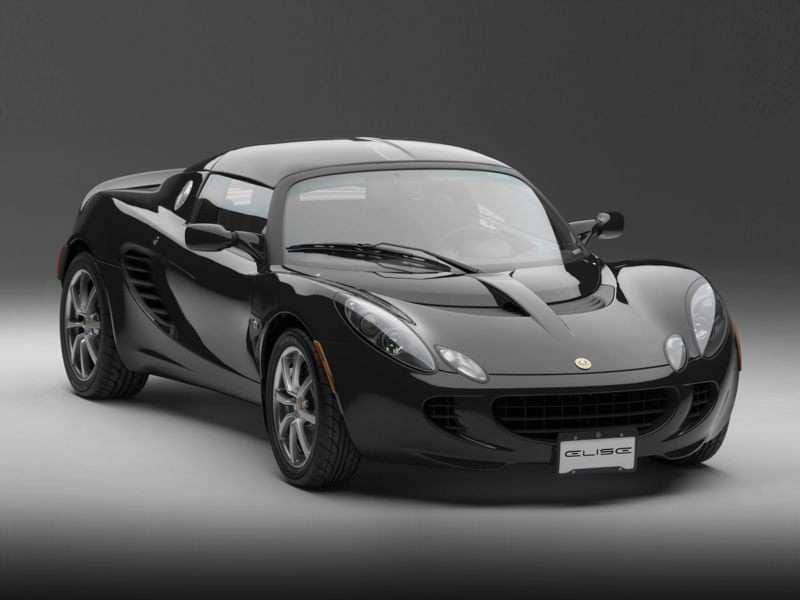
8) 1999 Toyota MR2 Turbo
The 1999 Toyota MR2 Turbo represents the tail end of the vehicle’s second generation, which was available in two body styles. A two-seater coupe with a solid roof was the most basic MR2 Turbo, but the car was also offered as a two-seater coupe with two removable roof panels, an uncommon (but not unheard-of) body style that largely faded away after the 1990s. This era of the Toyota MR2 Turbo is popular with some enthusiast groups, but is still relatively easy to find. The rear-mounted turbocharged 2.0-liter inline-four yields 200 horsepower and 224 lb-ft of torque, paired to a five-speed manual transmission. To be fair, the Toyota MR2 will look dated at this point regardless of the generation, but it provides a good point of entry for a rear-engine driving experience.
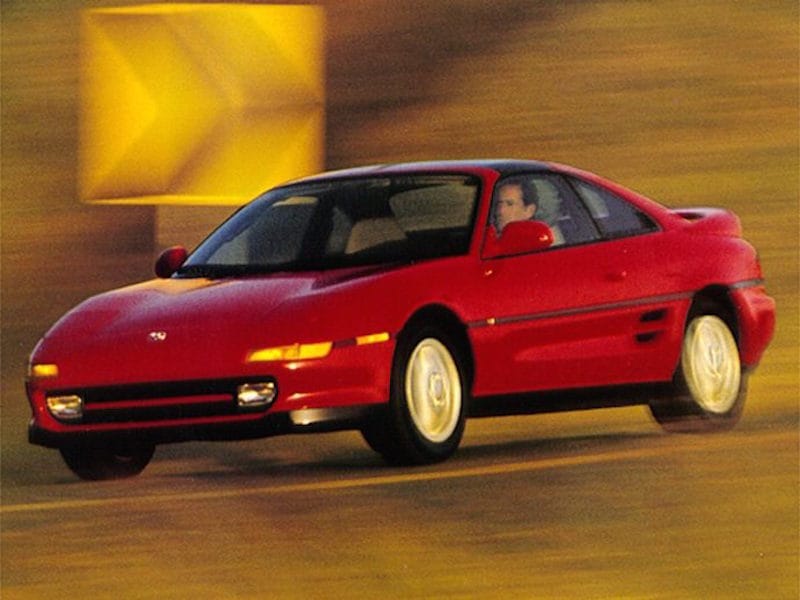
9) 1981 or 1982 DeLorean DMC12
The DeLorean DMC12 holds a place in pop culture like no other vehicle on this list (except, of course, the VW Beetle) and its notoriety is especially entertaining when you realize the DeLorean was available for a really short period of time. Both model years of DeLorean will serve you well, but good luck getting ahold of any at a real bargain. Though about 8500 total examples were built and sold, prices on the used market are fair, but steady. This gull-wing two-seat coupe is powered by a 2.7-liter V-6 engine from the Peugeot-Renault-Volvo partnership, and came paired to a five-speed manual or three-speed automatic transmission underneath all that shiny unpainted stainless steel. Interesting bit of trivia? The designer, Giorgio Guigiaro, also worked on the Lotus Esprit, which is up next.
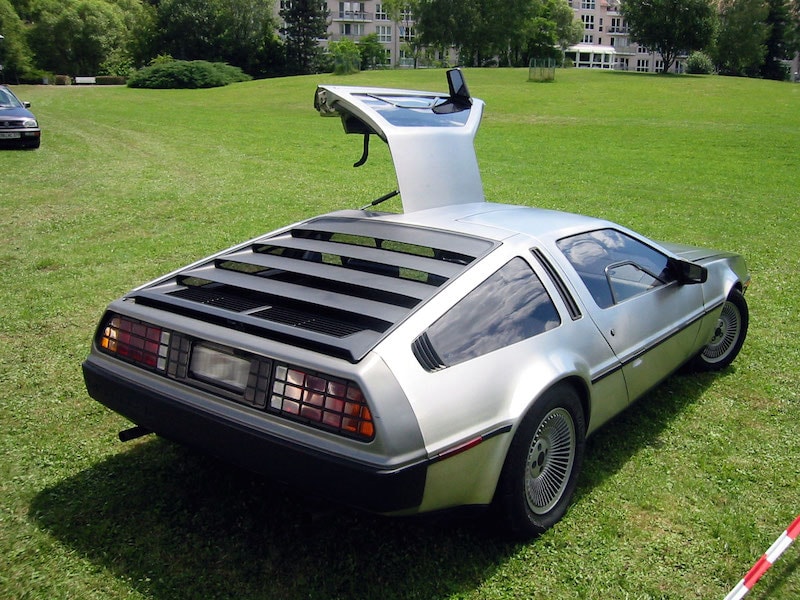
Photo by WikiCommons
10) 1995 Lotus Esprit
Built between 1976 and 2004, the Lotus Esprit has a rich history as a rear mid-engine, rear-wheel drive sports coupe. Although it functions best as a weekend warrior for the track, the Esprit was never really meant to deliver monstrous levels of horsepower (although limited editions pushed the limits). The 1995 Esprit put down 140 ponies, which suited most buyers’ needs just fine. So before you search, consider whether you’ll really be satisfied by the Esprit, or if your thirst for power would be better quenched with a new Ford Focus. Still with us? Great, because the 1995 Lotus Esprit is a blast to drive. It’s motivated by a 2.0-liter inline-four and is matched with a five-speed manual gearbox. To be fair, the 1995 Lotus Esprit S4S did provide 300 horsepower, but whatever examples are left may not be affordable.
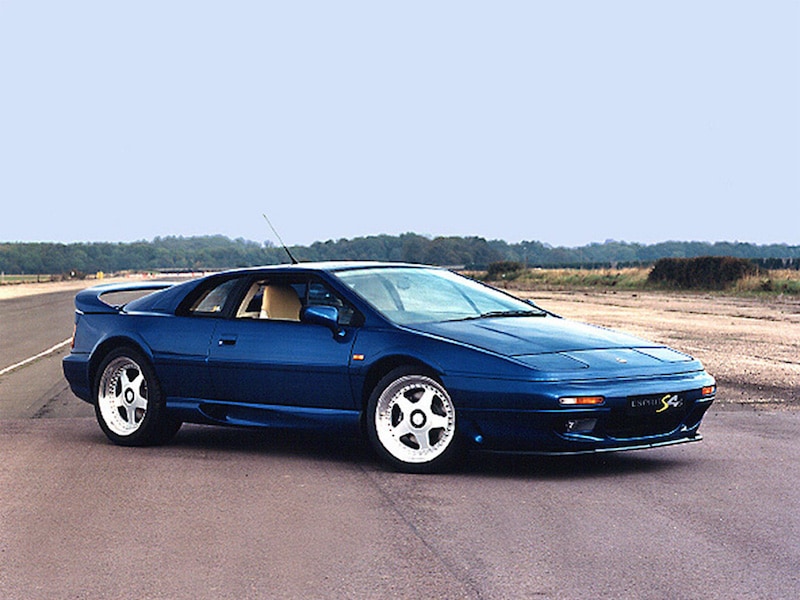
Photo by WikiCommons